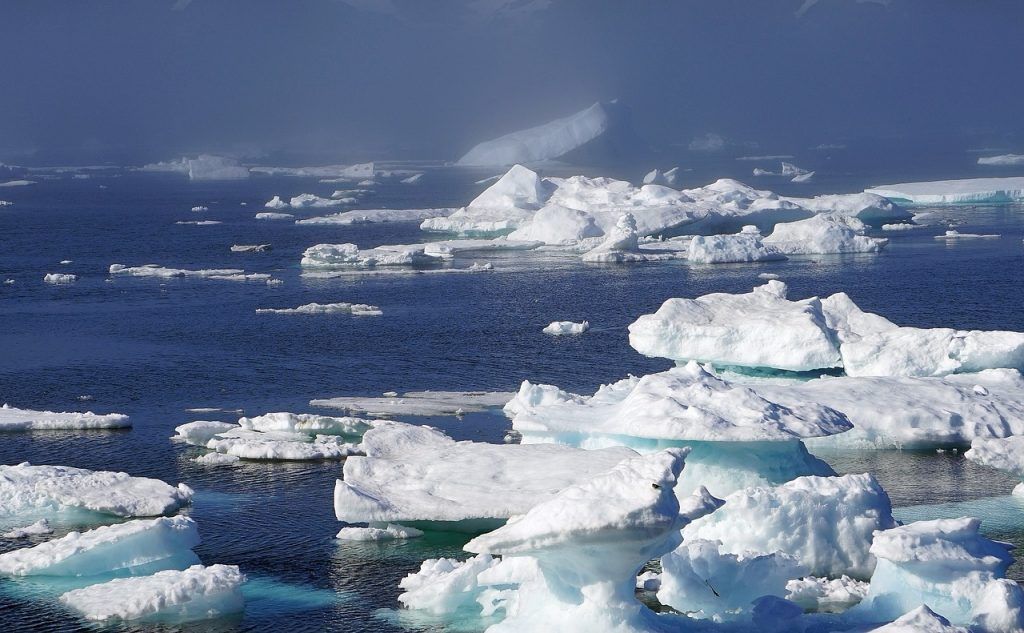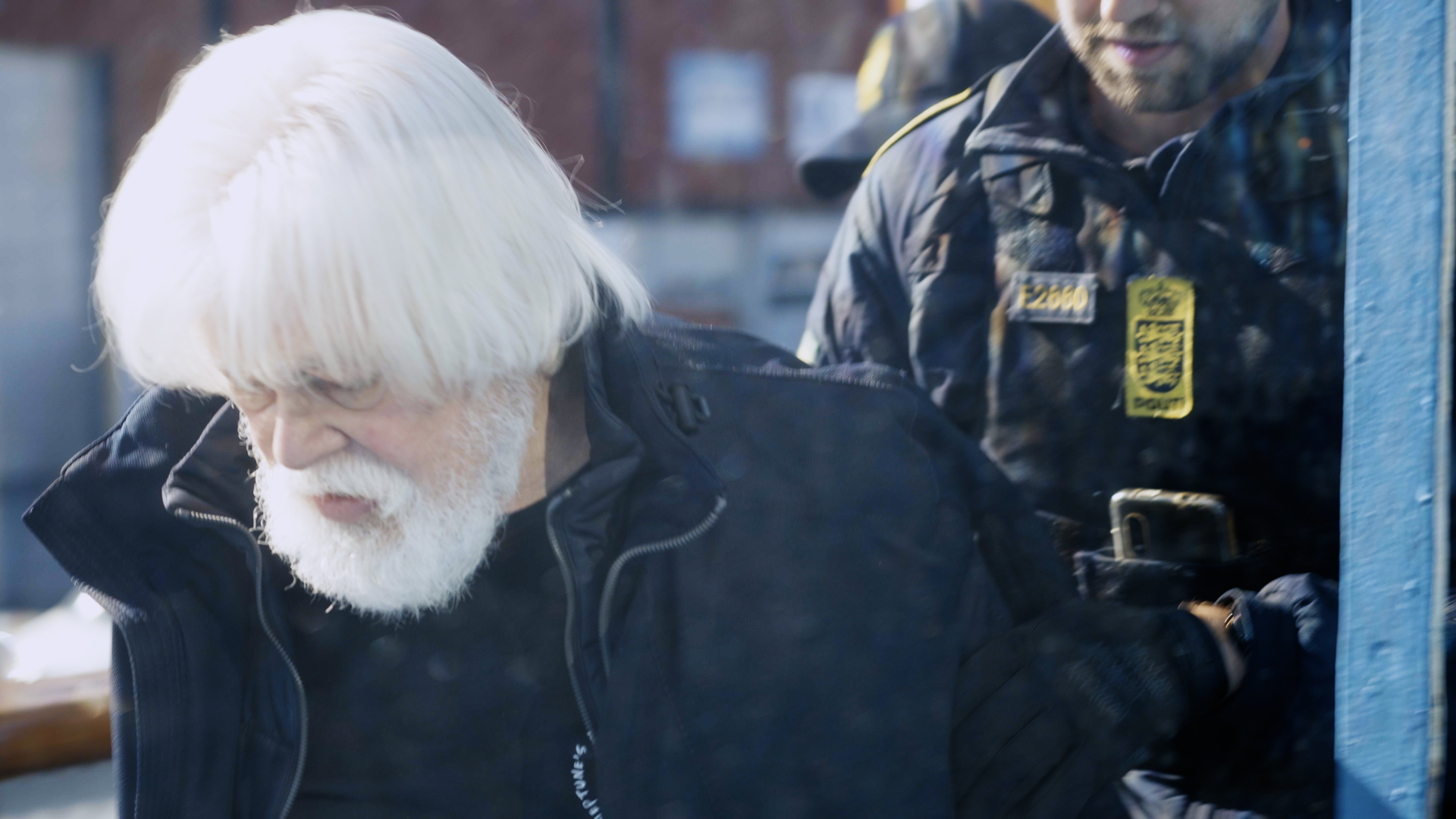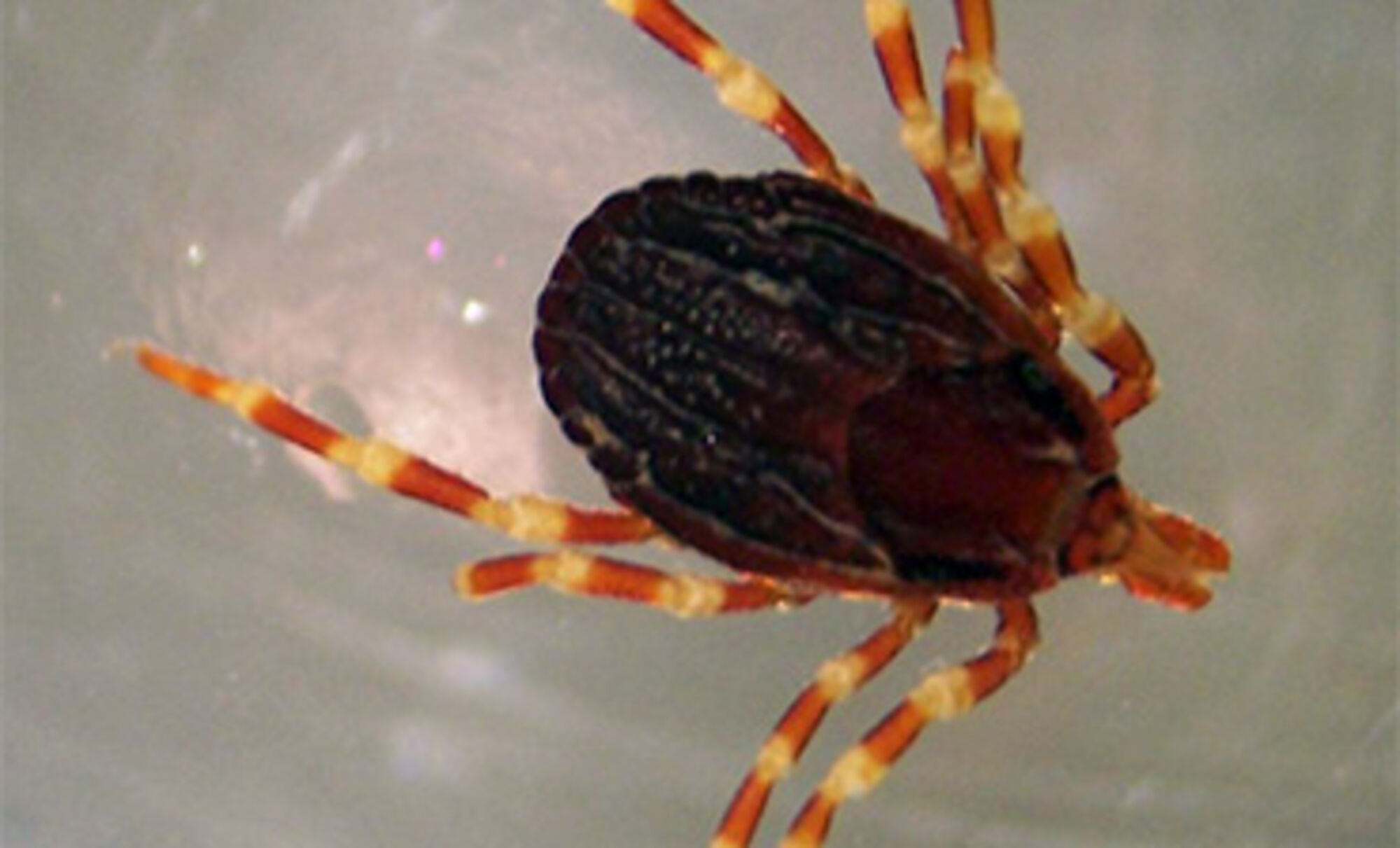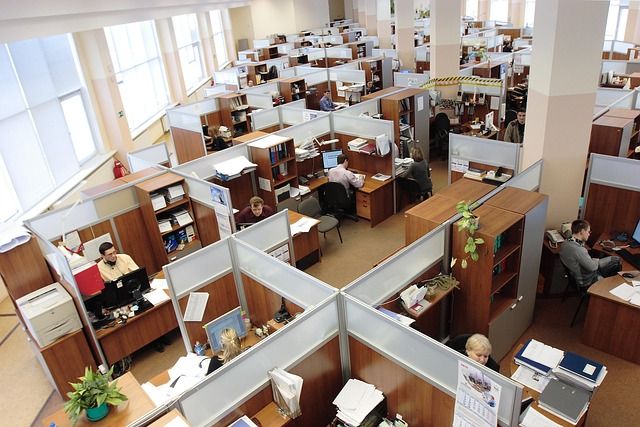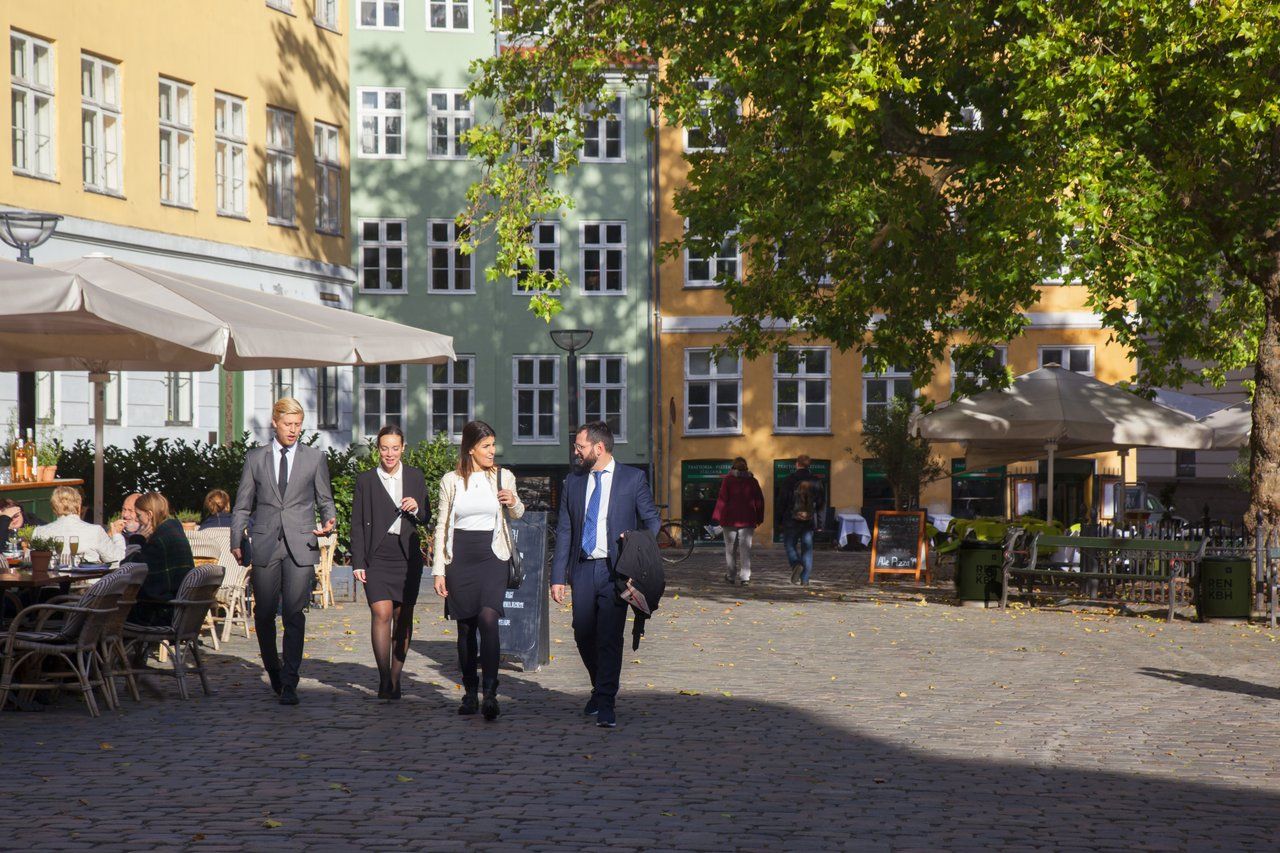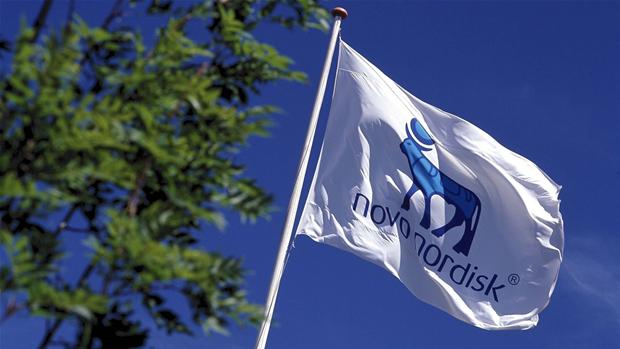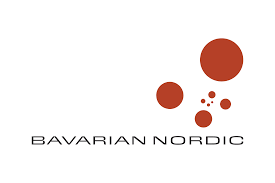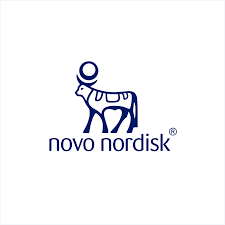You’ve hopped on the train at Copenhagen’s central station and travelled west across the country almost as far as you can go, reaching the port city of Esbjerg. Heading over to the ferry port, you’re now faced with two signs: ‘England’ and ‘Fanø’. If you’ve missed the boat to Harwich or don’t fancy the 18-hour voyage, you’re likely to choose a trip to the peaceful Danish island that is only a 12-minute ride away by ferry.
An array of festivals, outdoor activities and concerts, bring Fanø to life during the summer months, and its summerhouses and camp-sites are popular among Danish and international visitors alike. But Fanø is not just a holiday island or an extension of Esbjerg, Denmark’s fifth-largest city. Fanø has its own distinct history, cultural traditions, food, architecture, natural landscapes and political structure.
More than 2,600 of Fanø’s residents live in Nordby and, because it lies north-east, it is the first part of the island that visitors encounter after they leave Esbjerg’s industrial port. Crossing the Wadden Sea by ferry they suddenly find themselves surrounded by heritage-listed houses and beautiful gardens.
Sønderho, in the south, is home to almost 300 people. Even fewer live in the third-largest town, Rindby, which extends out to the island’s biggest summerhouse area and the beach – a beach so broad and solid on some stretches, that cars are allowed to drive on it.
This relatively small community in western Denmark welcomes approximately 125,000 tourists each year, but it maintains such a natural and cultural charm, that visiting the island can feel like a step back in time, especially when the island’s traditional events are in full swing.

(Photo: Colourbox)
An island of its own
Fanø was documented as land of the Danish crown from as early as the 13th century, but its community strived for greater independence. In 1741, they finally won an auction of the island and bought it from King Christian IV. A copy of the original charter is still proudly on display at the local bank.
Fanø’s residents confirmed the island’s strong identity in 2005 when they voted to preserve Fanø’s status as an independent municipality (Denmark’s second smallest) during the country’s municipal reform. The island only has 3,247 inhabitants, but a special ‘island agreement’ has made it possible for Fanø to co-operate with Esbjerg without losing its independent status.
Gaining more autonomy in the 18th century allowed the island to switch its main industry from fishing to ship construction, navigation and trade. Fanø’s sailing-ship era took off during the 1760s and boomed in the late 1800s, the island’s ‘golden age’. Its first navigation school was established in Sønderho in 1800.
A signature of Fanø’s history that can be seen all year round is its houses, originally built by sailors and farmers. About 100 are protected, and stand more or less as they did when they were reconstructed with bricks and mortar around 1800. The best-preserved houses are in Sønderho and parts of Nordby; there, residents must strictly adhere to the original style (including their distinctive green, white and black trimmings) and materials when they maintain them.
Visitors who sail over to Fanø for Sønderho Day or to enjoy the ‘Fanniker’ weekend celebrations in July, will get to experience the complete package of architecture, folk music, dances, costumes and other traditions that reflect an era that is cemented in the island’s identity.
“We have developed a special type of music and dance on the island that was inspired by the sailors who went to Holland, Belgium and further out,” says Poul Therkelsen, Fanø’s director of tourism. “We put a lot of effort into trying to maintain it – not only as a museum piece, but as a living part of our identity and our culture.”
Contemporary Fanø
Fanø’s tourism industry, which has surpassed shipping as the island’s primary industry, now reflects a blend of old-world charm, modern innovation and local produce. As Therkelsen points out, it is a clear case of “old culture meeting new culture. We have a number of artists living here and that, of course, is inspiring the old culture. Some of the people who are maintaining the old traditional dances and music are also mixing it with modern electronic music, rock and jazz,” he says.
Fanø’s diverse music festivals and concerts are a clear example of the island’s emphasis on culture, and the inauguration of several new events in recent decades – such as the International Kite Fliers Meeting, Art Week and the Fanø Knitting Festival – has meant that, per capita, Fanø now ranks among the top ten Danish councils that invest money in cultural events. Claus Winther, manager of the brewery Fanø Bryghus, believes that the quality and variety of the island’s produce is also playing a big part in increasing the island’s appeal:
“The brewery is a good example of something that thrives here; we have a fantastic butcher, we have Fanø smoked salmon and we have lots of good artists.”
One of Fanø’s newer personalities is Winther’s colleague, American brewer Ryan Witter-Merithew; he moved to the island three years ago to help Winther re-open the microbrewery. Although he was easily recognisable at first for his long, red beard, Witter-Merithew didn’t expect to become a well-known face in the community.
“I would say that there are a lot of people who know me on Fanø, but who I do not know myself,” he says. “I do get noticed a fair bit on the island, which is strange for me because I’m not used to that.”

(Photo: Colourbox)
Best of both worlds?
The island’s residents have decided not to increase tourist traffic by building a bridge or causeway to the mainland, as neighbouring island Rømø has done. Witter-Merithew recognises that it is a modern-day challenge for Fanø to promote the island’s specialities, while preserving its peaceful atmosphere and natural landscape, which is now protected as part of the Wadden Sea National Park.
“The people who live here and generate their living on the island – such as me and the people I work with – are always interested in ways we can build Fanø as a tourist destination. But the people who live here and don’t earn any money from the island aren’t as interested in that stuff because they like the fact that Fanø is a secluded place where they can just enjoy themselves,” he says.
While Fanø continues to offer a vibrant combination of culture, nature and seclusion, there’s certainly no reason why visitors can’t enjoy the best of both worlds.
Getting there
The Fanø ferry (FanøFærgen) departs from the Port of Esbjerg (Esbjerg Havn) every 20 minutes, almost 24 hours a day in the summertime. The crossing takes 12 minutes.
(faergen.com).

(Photo: Colourbox)
Eat
Whether you decide to dine out, entertain family and friends at your summerhouse, or bring a bag of delicacies back across the sea, there is something for the gourmet or gourmand on Fanø. Sønderho Kro, Restaurant Ambassaden and Sylvesters offer stylish set menus featuring local produce. Café Nanas Stue and Fajancen in Sønderho, combine traditionally-inspired fare with a taste of history in their café/restaurant galleries. There are also plenty of family-friendly options, like Nørby Kro and Hans & Grethe Creperie. Fanø’s culinary specialities have become a brand in themselves, and you’re likely to come across ‘the original’ Fanø skinke (cured ham) or other products from Nordby’s gourmet butcher on restaurant menus in Copenhagen. Bakskuld (salted, smoked dab) is a southern Jutland delicacy that has its roots in Fanø – it is a must-try for adventurous seafood lovers.
OUR PICK
SØNDERHO Kro. Dounded in 1722, the inn is one of Denmark's historical treasures and showcases local specialities, including its own home-smoked fish and meats (sonderhokro.dk/english).

(Photo: Colourbox)
Do
Fanø’s outdoor activities are plentiful in the summertime. There’s lots for children to do, whether it’s swimming, mini-golfing, playing ‘nature detective’ or joining in the fun at Pælebjerget’s forest playground. The more adventurous kids and adults can try blokarting – sand sailing – or kayaking along the Wadden Sea. Or you can simply take a leisurely bike ride or walk through the picturesque sand dune meadows, or even explore the landscape on horseback. Golfers can try out Fanø’s 18-hole Golf Links, and fishing enthusiasts can try their luck at the beach in Sønderho or the fishing lake in Nordby – but you’ll need to pay a fee before you can cast your line into the water. The island’s cultural days, street-theatre performances, storytelling and folk-music festivals bring the main towns to life during July and August, and weekly classical-music and guitar concerts run until late August. On June 19 – 22, watch the skies burst into full colour at the Fanø International Kite Fliers Meeting. From July 29 – August 2, families are invited to bring their own kites or learn how to build them at the kite-making workshops.
OUR PICK
SEAL SAFARI. From late spring, junior and senior 'nature detectives' should keep an eye out for seals on the sandbanks by Nordby Havn, or take a guided boat or walking tour to Grådyb or Galgerevet. Learn more at faergen.com, in the events section of the website.

(Photo: Colourbox)
Stay
Even though summer is the most popular time to visit Fanø, it’s possible to stay in one of the island’s summerhouses, hotels, B&Bs, inns – and even at its campsites – all year round. There are 2,500 summerhouses available for rent, and around half of these can be booked online. As a cosy compromise between the more traditional summerhouse and the all-weather camping experience, quaint cottages with kitchen facilities and electric heating are also offered at Camping Klitten, one of Fanø’s seven campsites located in Sønderho. Those looking to pamper themselves with a more luxurious getaway can retreat to Kellers Badehotel or the historical Sønderho Kro.
OUR PICK
SUMMERHOUSE. Why not go for the authentic Danish summer holiday experience and rent your own summerhouse by the sea? It's a versatile option for families with children, groups of friends or couples.

(Photo: Colourbox)
Fanø

(Photo: Colourbox)
Located 5 kilometres west of Esbjerg, Fanø is the northernmost of a string of islands that line the coast of southwestern Jutland and northern Germany between the North Sea and the Wadden Sea. The island, formed by wind, sand and sea, offers all of the perfect ingredients for a relaxing summer holiday: broad beaches, picturesque towns, outdoor sports, local food and beverages, music and nature trekking. But its unique blend of tangible history and folk traditions plus new attractions like ‘blokarting’ and contemporary art, makes Fanø more than your average family-holiday island. Its appeal stretches far wider and caters to a range of tastes and interests. The choice of accommodation alone – from camping and recreational resorts to cosy cottages and inns – makes almost any holiday a possibility. And all of this is squeezed quite comfortably, and leisurely, into Fanø’s slender 56 sq km frame.


